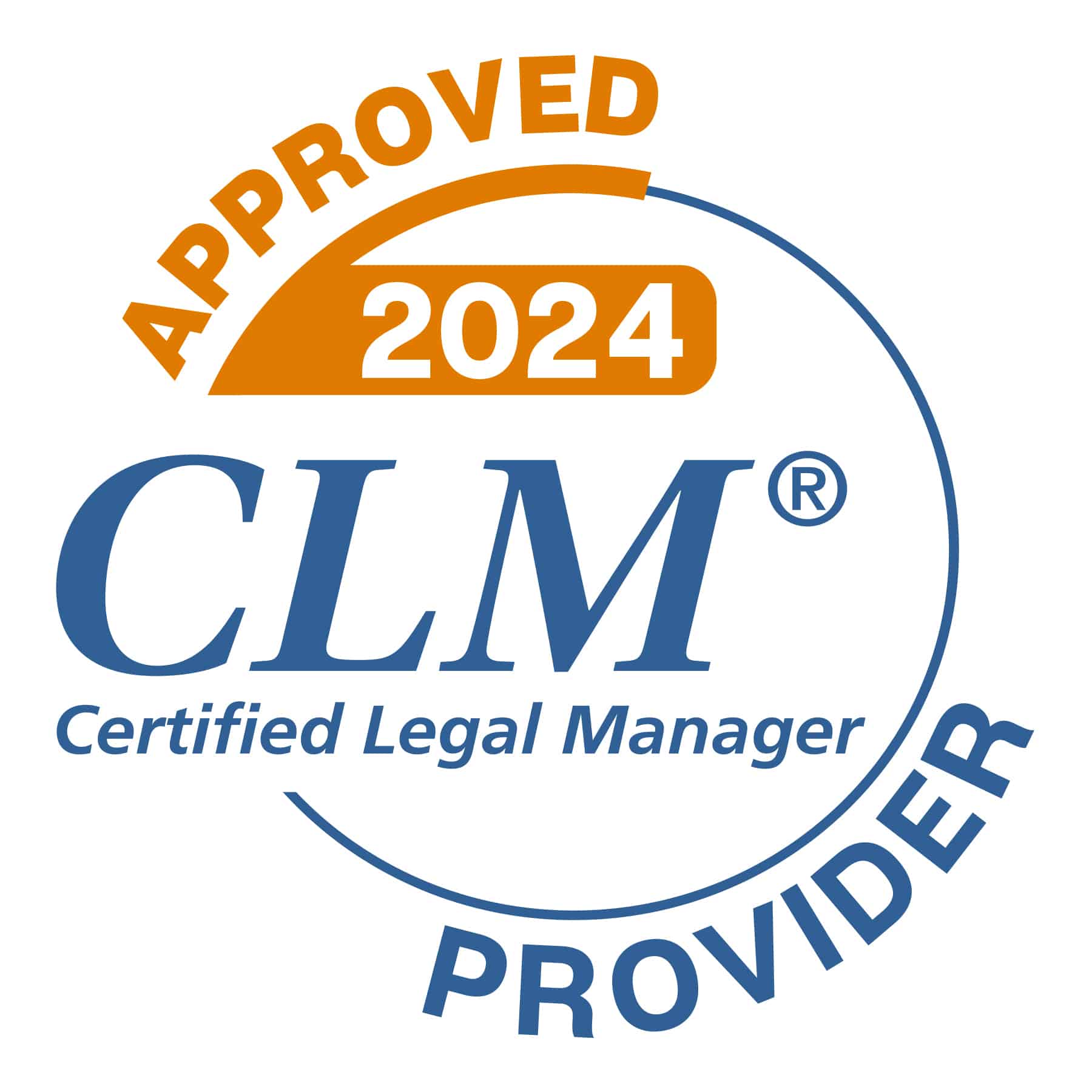
Best Practices, Ethics, Examples, & More
Many people think lawyers all make a lot of money. They generate a lot of revenue, but that doesn’t mean they earn a great income. Part of the reason for not making as much money as one could as a lawyer is because of less than stellar billing practices.
Many lawyers don’t communicate up front what the budgets are for the matter.
- They don’t communicate to the client about the work in progress (WIP), so they tend to surprise their clients with big bills.
- Many invoices are formatted in a way that doesn’t speak to the value of the matter but rather, line items of activity that puts the burden of understanding what got done on the clients.
- Lawyers can be slow in getting their invoices out the door and slow to collect because they are still using an antiquated method of recovering funds.
Whether timekeeping is not happening consistently, or invoicing is late, or the law firm has to chase clients for payment, there are many ways that lawyers don’t get paid that are avoidable. This article will discuss law firm billing best practices so that you can get paid your value and paid in a timely manner for the legal services provided.
How Do Lawyers Bill Clients?
The Billable Hour
Law firm timekeepers – attorneys, paralegals, legal professionals — are tasked with keeping consistent records in the form of time entries for the services they provide to the law firm clients. Keeping contemporaneous records for timekeeping is the most effective way to keep track of your time. If you do it later, you’re piecing together a memory.
The farther away from the task you get, the more time you lose. If you record all of your time at the end of the day, you can lose as much as 10%. By the next day, a 25% loss. After that, you’re just making it up as best you can. Can you really remember your day in 6-minute increments?
Let’s say a lawyer worked eight hours in a day, but only billed for 6.5. If he bills at $300/hour, the billable work would be $1950 if he tracked time contemporaneously. If he added up his time at the end of the day, the total would only come to $1755 and it would amount to $1462 if he added it up the next day. If you extract this math out on an annual basis, we’re talking about $50K to $75K in additional billings.
If you err on the side of the client, you’re devaluing your own service. If you err on the side of yourself, it can be considered an unethical billing practice. You want to be able to keep time in a way that isn’t preventing you from doing the work.
Also important is to keep your clients up to speed on where the matter stands with regard to unbilled time and expenses. It’s always better to have the conversation sooner rather than later.
The Modern Law Firm and the Solution to the Billable Hour
The solution to keeping time as you go in the easiest way possible and turning it into billable time will be discussed later in this article.
The Fixed Fee
Fixed fee billing (or flat fee billing) is emerging as a more effective way to bill for time. If you understand approximately the amount of time it will take for a certain task, you can charge a flat rate. This is a win for both parties: there are no surprises and both parties understand the value of the work.
For experienced attorneys, a flat fee can work out better than hourly billing: If a lawyer works efficiently, she shouldn’t be penalized for her expertise. It took years of practice to get to be that good at lawyering. That lawyer should be rewarded with extra pay, not less.
Should Lawyers Bother with Timekeeping in a Fixed Fee Practice?
If a lawyer uses time tracking on fixed fee work, he can understand the profitability of that work – especially in comparison to how the work was initially billed — which was hourly. By tracking time – the Effective Hourly Rate — a lawyer can properly set value-based fees for specific tasks. If the task takes longer than initially expected, the lawyer can charge more the next time — or she could lower the fee to attract more clients to a task that is easily executed.
IOLTA Trust Accounting
LeanLaw’s best-performing firms leverage automated evergreen retainers. This completely mitigates accounts receivable. You still may need to chase the replenishment, but you can also slow down the work. Having the money in your account will always lead to better outcomes.
Why Does My Law Firm Need an IOLTA?
Asking for a retainer from a client before the work starts is a great way to ensure you get paid and paid on time. If you set up a billing agreement with a new client, you can ask for an evergreen retainer for ongoing work. The money from the retainer will go into a separate bank account because it has not yet been earned. Once the invoice has been approved and delivered, the law firm can transfer the funds from the IOLTA account into the law firm’s operating bank account.
The drawback for retainers has historically been that the accounting is complex. ABA (American Bar Association) rules of professional conduct outline the fiduciary responsibilities of the lawyer and vary by state. What is essential is detailed recordkeeping for every transaction — mishandling trust account funds can result in losing your law license. This is what turns off many law firms from accepting client retainers — that, and the complex bookkeeping that maintaining a trust account requires.
Trust Accounting: Guide for Law Firm Best Practices
Go to the end of this article to learn more about straightforward solutions for trust accounting.
Contingency Billing
Legal billing for a contingency law practice is complicated. The contingency fee is not just calculating a percentage of a settlement. The billing system involves advanced costs, non-fronted costs, expense tracking, and other outlays that need to be paid from the settlement that will affect the calculations. Clumsiness can happen with regard to accounting.
Legal Accounting Software for Contingency Law Firms
Like with flat fee billing, keeping track of the amount of time you spend on a contingency matter is essential to help you understand the profitability of that matter. This helps the firm understand the cost but will also illustrate your staff’s efficiencies and what practice areas are your most profitable. Knowing the true cost of a matter helps shape the client’s strategy and protect the firm’s financial risk. If you have legal billing software that includes easy to use time tracking, you will be in a position to understand if the legal services you are providing make economic sense.
LEDES
When larger firms have a billing process that includes hundreds of electronic invoices each day, standardization and automation are going to be crucial components of not only efficiency but also accuracy. Transposing numbers when running a LEDES file though the billing process is an error of the past. Modern legal billing software will be able to handle the needs of law firms and legal departments that need a LEDES workflow, an automated, less time consuming process for billing. More on that, later in the article.
LEDES Billing Guide and Best Practices for Attorneys and Law Firms
Expenses
Forgetting to bill for approved expenses can eat into your bottom line. We have seen many lawyers eat these costs. Masking it as if they are being nice. They aren’t being nice; they don’t have the best practices to capture these costs and communicate them properly to their clients. Just like time tracking, maintaining in real time an expense workflow will help you communicate with your client all of the approved expenses in the invoice as line items. The clarity, timeliness and precision of the expenses in your invoice will showcase the transparency of the work you’re doing for your client.
Modern billing software like LeanLaw allows you to enter expenses with ease. More on that at the end of this article.
LeanLaw’s Billing Process
LeanLaw is legal billing software that customizes QuickBooks Online for law firms. Continuous, 3-way sync means that the data is the same between QuickBooks and LeanLaw with QuickBooks as the source of truth. No more two sets of books! All data is up to date in real time. The accounting folks can work in QuickBooks and the law firm staff works in LeanLaw and everyone is looking at the same data.
Legal Time Tracking
In LeanLaw, the billing process actually starts with timekeeping — especially for the billable hour. If you don’t keep proper track of time, you cannot ethically bill your client.
LeanLaw provides any time, anywhere time and expense tracking. You get hassle-free entry on all of your devices: desktop, laptop, and mobile devices. Client and matter can be set up in one minute and you’re ready to go.
You can bill via LeanLaw’s mobile app, via a calendaring app or with timers. Our timesheet is designed with accessibility and convenience in mind, which makes tracking and entering time straightforward, so you can scoop up lost billable hours. Additionally, LeanLaw always saves time entries into the cloud and an uncomplicated calendar view helps you see gaps in your billable hours.
Legal Billing
The beauty of LeanLaw software is that your timekeeping is automatically pushed to the invoice. No more redundancies! No more human error! You can even enter and track expenses via LeanLaw or QuickBooks – the sync is automatic and immediate.
Case Study: Law Firm Billing Workflow Slashed From One Week to Two Hours
By not having the back and forth of invoice review between an attorney and the legal assistant, an incredible amount of time is saved in getting the invoice to the client. Everyone can look at the invoice in real time and make adjustments. The more timely an invoice arrives for the client, the quicker the invoice will be paid as the client will remember the value of the work.
E-Billing
LeanLaw invoices can be sent electronically and incorporated into online payment systems like QuickBooks Payments.
Electronic Payments
QuickBooks can receive ACH payments and eChecks electronically over a secure connection to your bank. No more depositing piles of checks. Payments arrive automatically. If a client prefers to receive a paper invoice, it can be printed out from LeanLaw’s software and sent to the client.
LeanLaw also handles trust payments with the integration of Confido Legal. With the click of a mouse, you can transfer IOLTA funds into the law practice’s operating bank account. Trust accounting no longer has to be a headache.
QuickBooks Payments also takes credit cards. The fee for the ACH payment is much less expensive than a credit card fee, but keep in mind that if you don’t have to chase payments, the credit card fee might be worth it. You will appreciate the shortened time frame to receive payments and the mitigation of bad debt.
LeanLaw makes billing easy with the following features:
- Pull down menu for LEDES billing
- Bulk invoicing
- Electronic payments
- Trust account balance built into the invoice – for transparency and communication
- Integration with Confido Legal for trust accounting
If your law firm is looking for legal billing solutions to overcome the redundancies and human error of older technology, check out LeanLaw. Once your billing workflow has a solid foundation, your entire business will flourish and you’ll be able to focus on lawyering rather than accounting.



